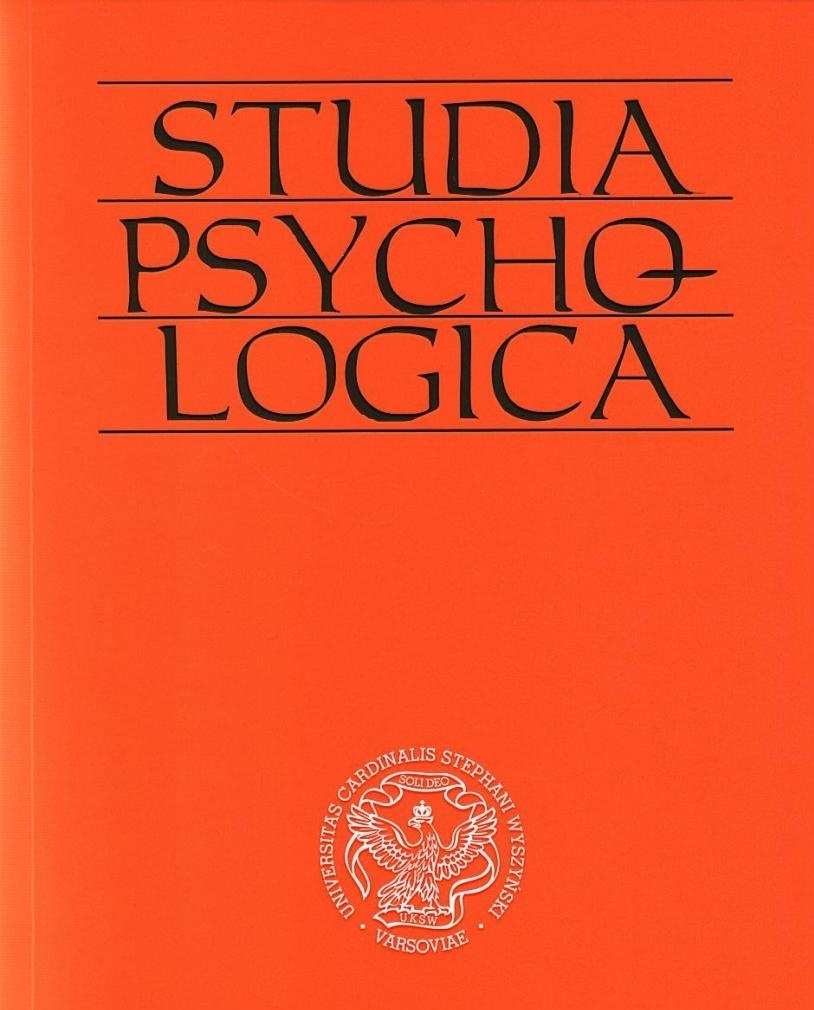Co łączy przyjaciół: różnice czy podobieństwa? Badanie reprezentacji własnego Ja i Ja przyjaciela wśród ukraińskich kobiet i mężczyzn
What connects friends: The differences or similarities? Study of the representation My Self and Self of my friend of Ukrainian women and men
Author(s): Paniotova DariaSubject(s): Psychology
Published by: Wydawnictwo Naukowe Uniwersytetu Kardynała Stefana Wyszyńskiego w Warszawie
Keywords: friendship as a socio-psychological phenomenon; factors of creation of friendship; differences in the representations My Self and Self of Friend; differences in friendship men and women
Summary/Abstract: The study has revealed that there are differences in the representations of respondents Self and Self of his friend concerning men and women in early adulthood. The theoretical basis for the research was the concept of Self by Rogers (1951, 1959, 1965, 1977). According to this concept study was conducted using the method of Semantic Differential by Osgood (1957). This method assumes that in the process of diagnosis, the test consists of three images of Self: 1) Real Self, e.g. a true picture of yourself – how does person see herself and how does person feel, 2) Perfect Self or what features a respondent would like to have, which at the moment he does not have, and 3) The Self of his Friend, which allows respondent to emphasize its own characteristics that distinguish him from the other, or vice versa shows a similar picture of the Self of Friend to the image of his Real Self or Perfect Self. Responses were analysed using 3 factors: Rating, Strength, Activity. One hundred students from Ukraine took part in th research, including 50 women and 50 men from the Faculty of Ecology and Chemical Technology of Donetsk National Technical University. The average age of respondents was Mage = 21.56 (SD = 1.68). The results showed that the responses of men statistically significantly differ concerning representations of Real Self and Self of Friend, but do not differ concerning representations of the Perfect Self and Self of Friend. Furthermore responses of women statistically significantly differ concerning representations of the Perfect Self and Self of Friend but there are only two factors – Strength and Activity, and the representations of the Real Self and Self of Friend statistically significantly differ taking into account factor Rating.
Journal: Studia Psychologica: Theoria et praxis.
- Issue Year: 17/2017
- Issue No: 1
- Page Range: 47-64
- Page Count: 17
- Language: Polish

